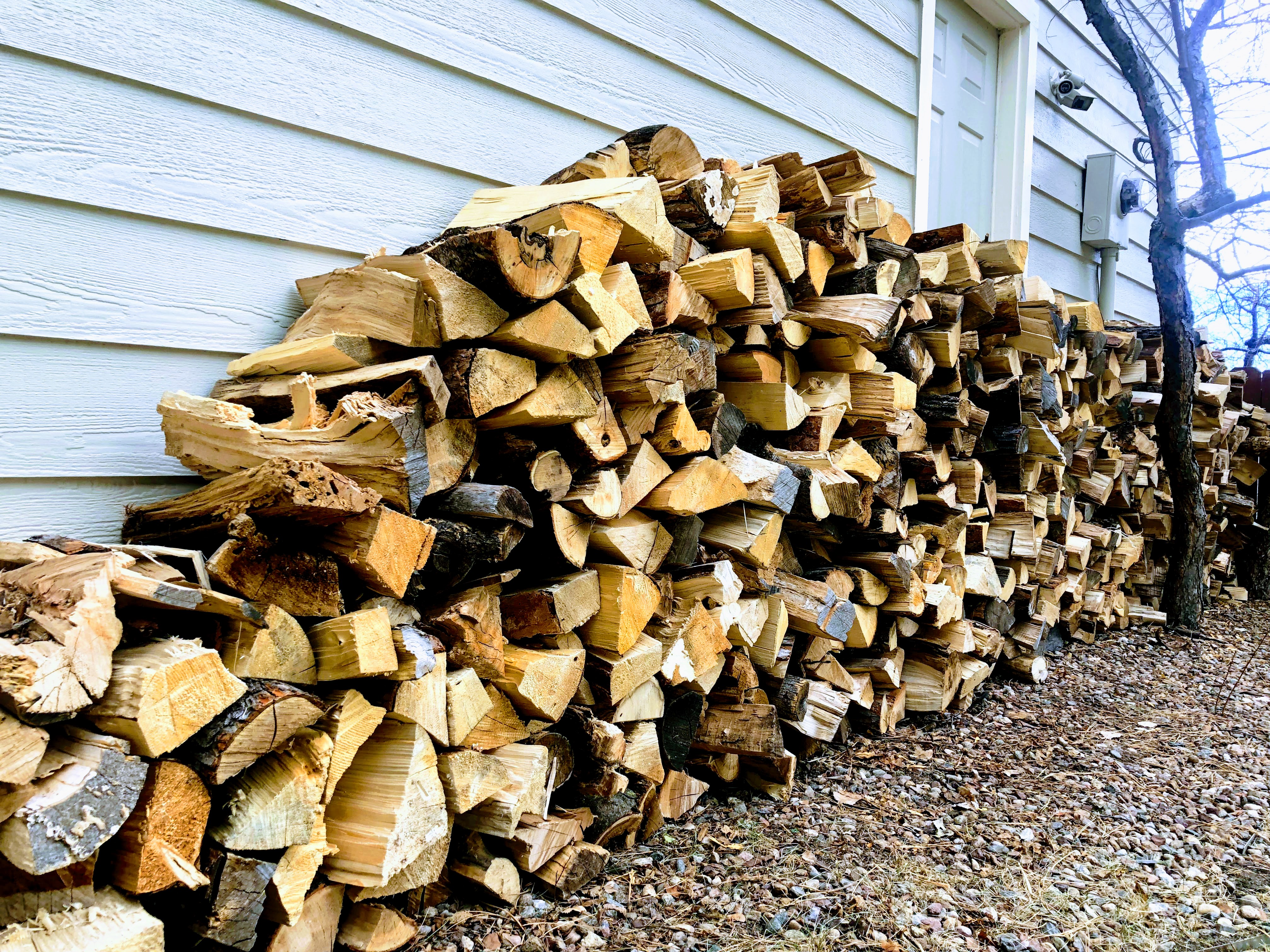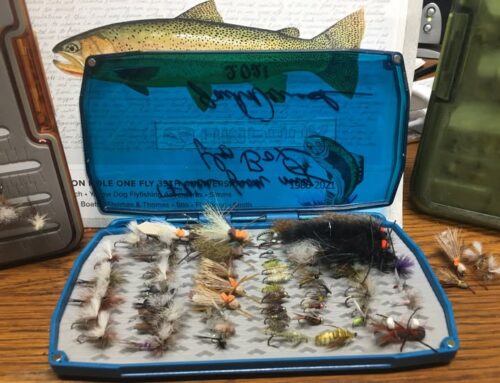Our new firewood guy brought us some of the best firewood in 2017-2018. He had great mixes of Colorado spruce and Engelmann spruce, split beautifully, along with ash, oak and sugar maple, with some pine ponderosa scattered in, we went through a lot of it. Fatwood is the greatest fire starter you can find. Add about 5 sticks to the bottom of your log cabin stack and viola, great fire, with no paper or other kindling of any kind.
____________________________________
Fatwood From Wikipedia, the free encyclopedia
Fatwood is derived from the heartwood of pine trees. The stump (and tap root) that is left in the ground after a tree has fallen or has been cut is the primary source of fatwood, as the resin-impregnated heartwood becomes hard and rot-resistant over time after the death of the main tree. Other locations, such as the joints where limbs intersect the trunk, can also be harvested. Although most resinous pines can produce fatwood, in the southeastern United States the wood is commonly associated with longleaf pine (Pinus palustris), which historically was highly valued for its high pitch production.
Coniferous tree sap is a viscous liquid, that contains terpene, a volatile hydrocarbon. Over time the evaporation of the terpene changes the state of the sap; it slowly gets thicker until it hardens into resin. New fatwood leaks the sticky sap, while in aged fatwood the sap has hardened and is no longer sticky. At every stage of the aging process, fatwood will burn readily, even when wet.
Because of the flammability of terpene, fatwood is prized for use as kindling in starting fires. It lights quickly even when wet, is very wind resistant, and burns hot enough to light larger pieces of wood. A small piece of fatwood can be used many times to create tinder by shaving small curls and using them to light other larger tinder. The pitch-soaked wood produces an oily, sooty smoke, and it is recommended that one should not cook on a fire until all the fatwood has completely burned out.
In the United States the pine tree, Pinus palustris, known as the Longleaf pine, once covered as much as 90,000,000 acres (360,000 km2) but due to clear cutting was reduced by between 95% and 97%. The trees grow very large (up to 150 feet), taking 100 to 150 years to mature and can live up to 500 years. The wood was prized and cutting resulted in many hundreds of thousands of stumps that are very resinous, do not rot, and eventually become fatwood. This ushered in a new industry for many years. There is still a market for the wood, but supplies are less abundant. Due to the length of growing time, the Pinus taeda, also called the Loblolly pine, replaced it for commercial replanting, with a maturity of only 38 to 45 years.
Industrial uses for fatwood include production of turpentine; when fatwood is cooked down in a fire kiln, the heavier resin product that results is pine tar. The steam that vaporizes from this process is turned into a liquid that becomes turpentine.
Indians Collecting Wood
It was autumn, and members of a Native American tribe asked their new Chief if the coming winter was going to be cold or mild. Since he was a new Chief in a modern society and had never been taught the old secrets of Nature, he looked up at the sky and had no clue what to do. To play it safe, he replied to his tribe that the winter could definitely be cold and that they should collect firewood early, just to be prepared. So, the members began gathering wood.
Keep reading for the rest of the joke. Do you have a favorite weather joke? Tell us by submitting a comment below.
Being a practical leader, he figured he should also use the resources available to the modern society. He went to the phone booth, called the National Weather Service and asked, “Will this winter be cold?”
“As of now, it looks like this winter is going to be quite cold,” the forecaster said.
So the Chief went back to his tribe and told them to collect even more wood. A week later he called the National Weather Service again and asked for an update.
“Yes,” the man at National Weather Service again replied, “based on incoming data, this winter is looking to be colder than we expected.” The Chief was surprised, but again went back to his tribe, told them that this might be a very cold winter, and asked them to collect every scrap of wood they could find.
One week later, the Chief called the National Weather Service yet again, hoping for a new answer. “Are you absolutely sure that the winter is going to be very cold?”
“Positive,” the man replied. “It’s going to be one of the coldest winters ever.”
“Really?” the shocked Chief exclaimed. “How can you be so sure?”
“First,” the forecaster replied, “The Indians are collecting firewood like crazy.”






